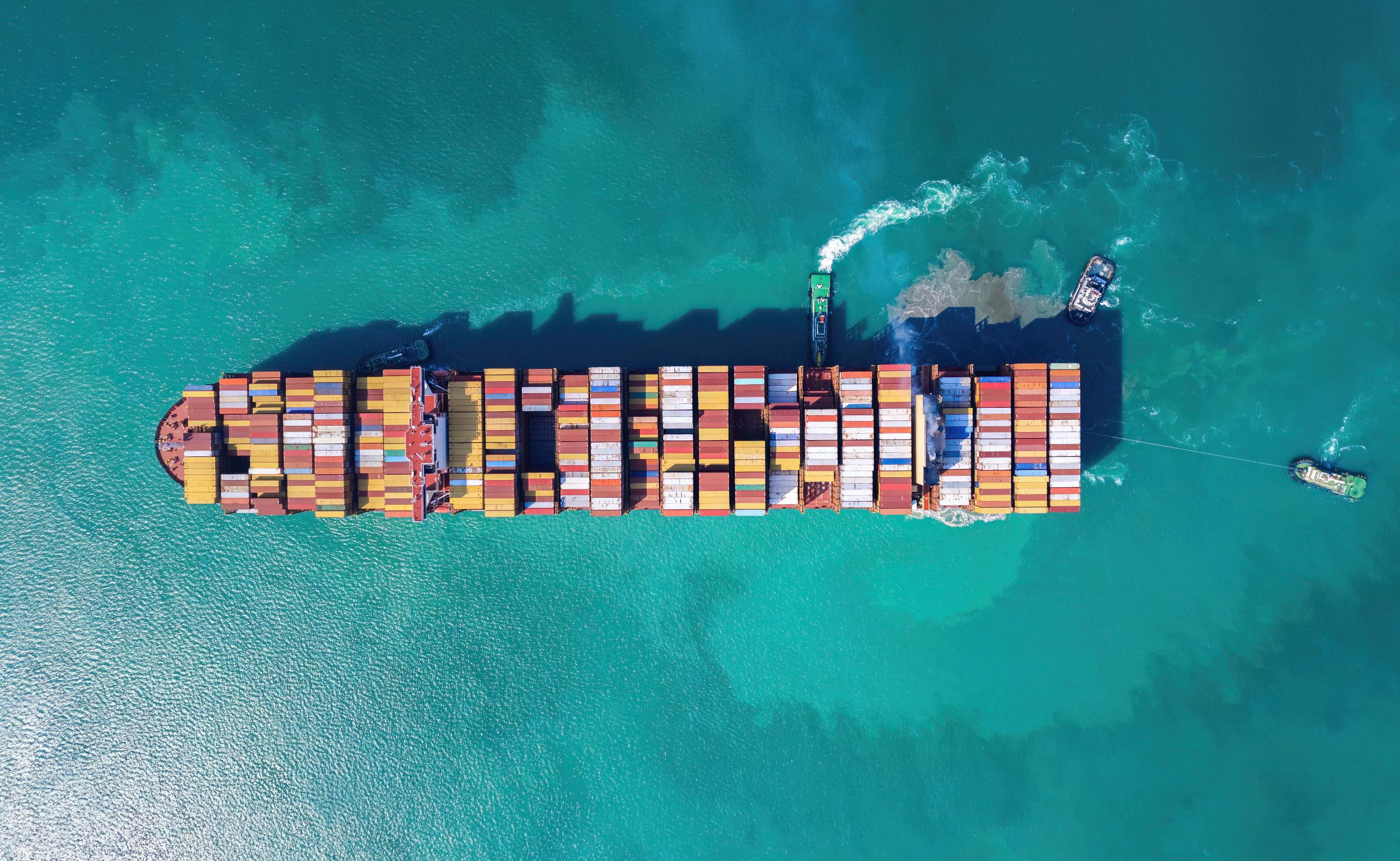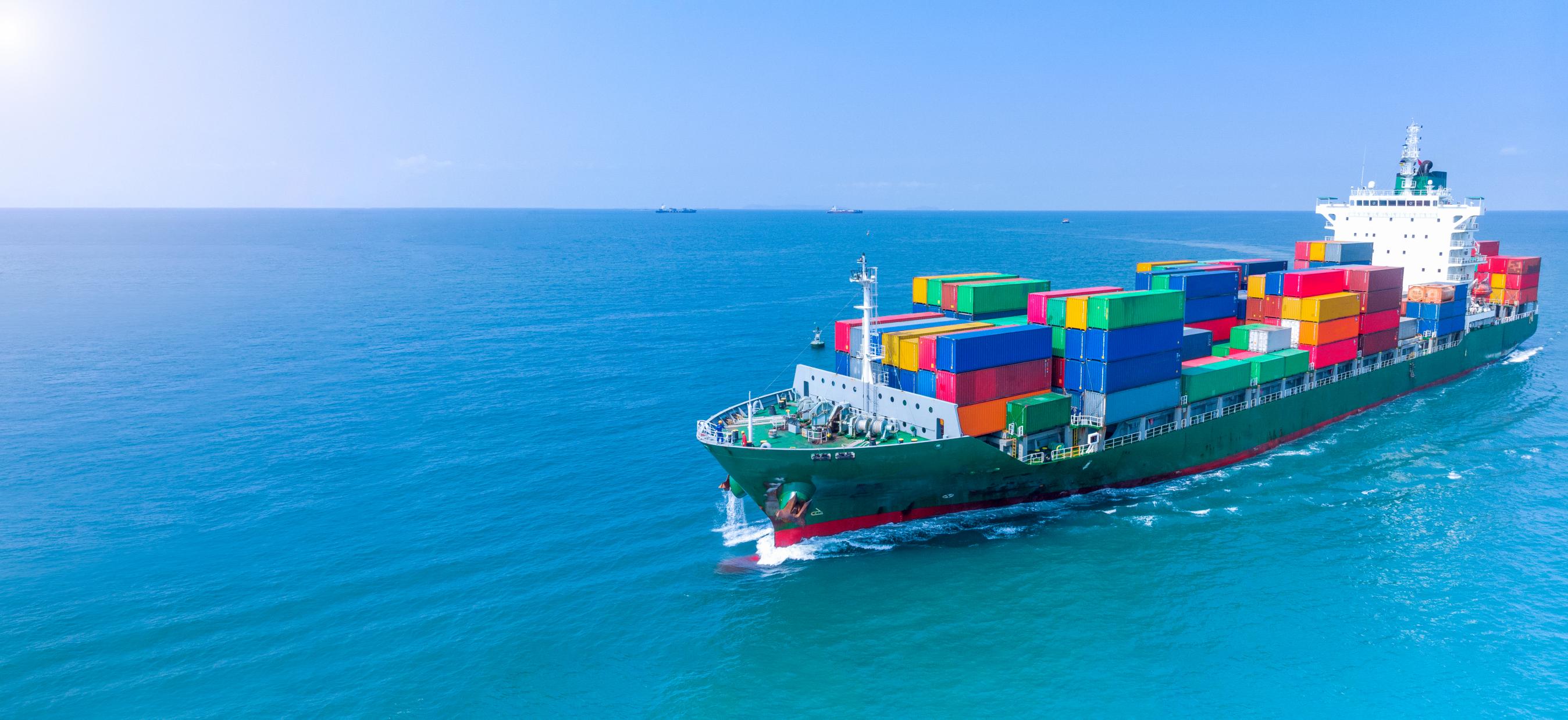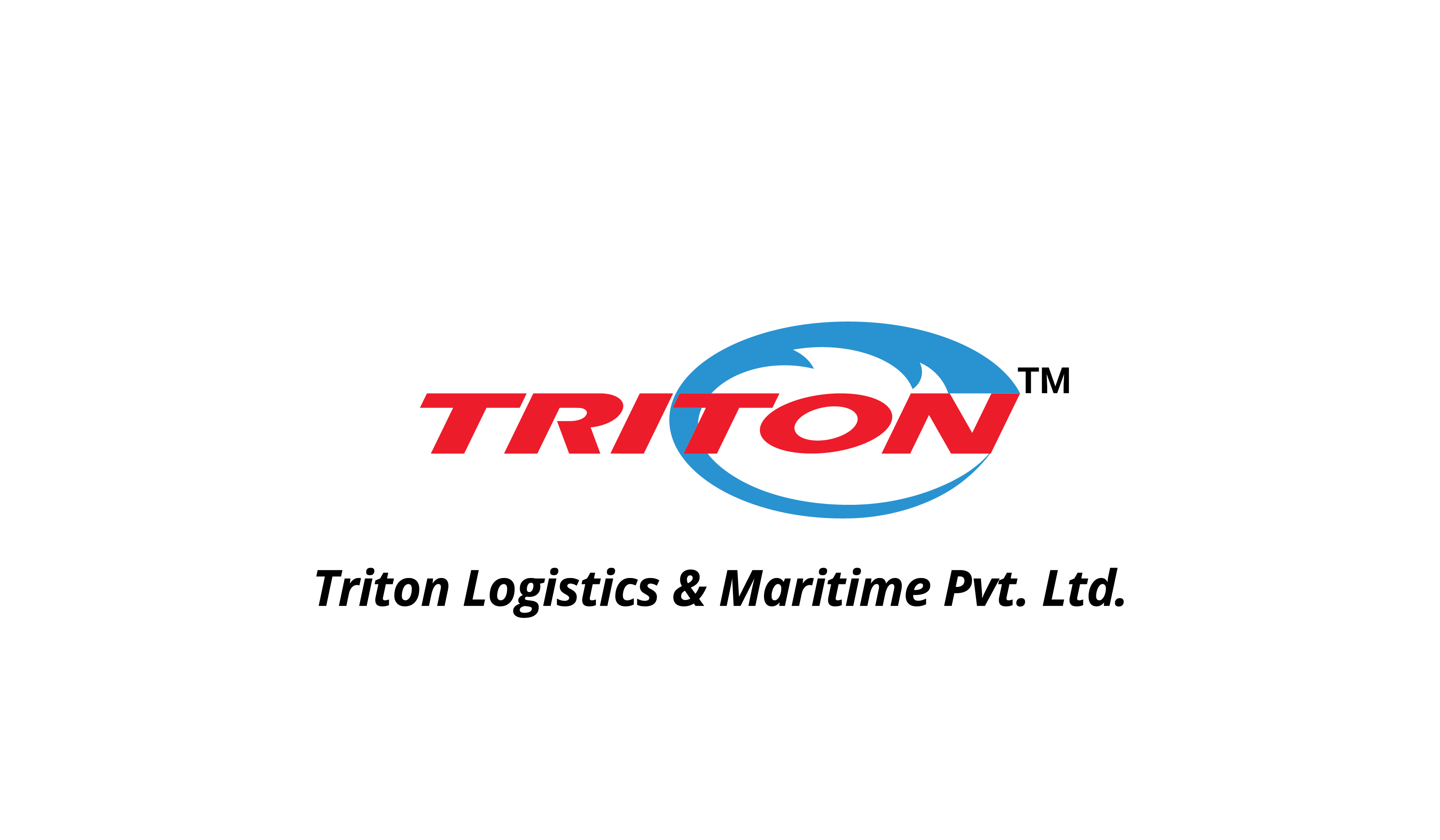Consider the most recent thing you purchased online from halfway across the globe- a smartphone, an automobile part, or even a whimsical coffee cup. Chances are good it travelled an ocean to reach your door. That’s the magic (and muscle) of ocean freight, the behind-the-scenes workhorse keeping global commerce moving along.
Currently, over 90% of global international trade goes by sea. It’s inexpensive, scalable, and why your groceries and gadgets arrive as promised. Whether you’re an exporter staking your business on foreign markets or simply someone curious about the way things get around the globe, this primer demystifies. We’ll hit the fundamentals, the mechanics, and even the surprise things that can catch you off guard.
What is Ocean Freight?
Essentially, ocean freight or sea freight is about carrying products over huge stretches of water in giant container vessels. They are as long as four football fields and filled to the brim with standardized boxes containing all manner of things. From the warehouse of the exporter to your neighbourhood store, it’s about loading at one port and unloading at another.
Yes, air freight gets things there in a flash, and trucks do the short hauls, but nothing moves so much volume and is so wallet-friendly as sea. It’s the choice for bulky stuff, heavy equipment, or bales of raw materials that’d make you broke to ship by plane.

Breaking Down the Ocean Freight Process
Ever curious about what becomes of your shipment after it departs the factory? It’s not quite a matter of dumping it on a ship, there’s an entire symphony of steps, and they must get in harmony just so. This is the standard playbook:
To begin, someone (in most cases the exporter, or a freight forwarder) reserves space on a ship a month ahead of time, committing the route and timetable. Second, the merchandise gets packed snug, pallets sealed in plastic or crates bolted closed, and shipped out by truck to the port of departure.
And then there is the paperwork ballet like export customs clearance, wherein duties are paid and documents are stamped. Only then does the actual adventure begin- the sea trip. Depending on how far it’s traveling (e.g., Asia to Europe), it might take 20 to 40 days, plodding along at a constant 20 knots.
On the other hand, arrival refers to import customs: more inspections, charges, and bureaucracy. Lastly, the cargo climbs onto trucks or trains for that final run to the warehouse or purchaser. It’s a team effort with shippers, carriers, port workers, customs people all juggling to keep holdups at bay and your stuff in one piece.
FCL or LCL: Choosing Your Shipping Personality
Reserving ocean space comes down to making one large decision: Do you take the entire 20-foot or 40-foot box, or share the trip?
FCL, or Full Container Load, is when you get the entire box to yourself. Good for larger shipments it’s faster, with less chance of your widgets getting mixed up with another’s widgets.
LCL, less than Container Load, is similar to carpooling: Your little batch gets grouped together with others into one container. It’s cheaper for lightweight shipments, but be prepared for added time spent packing and unpacking in hubs.
Fast math: If you’re shipping more than 15 cubic meters, do the math FCL usually wins out on cost and convenience.

What’s Behind Those Shipping Prices?
Freight rates aren’t cast in granite; they fluctuate like the tides with global events. Your invoice shatters into pieces like this:
The underlying rate accounts for the direct line from port A to B. Tack on the Bunker Adjustment Factor to pay for fuel surges. Currency Adjustment Factor protects against forex fluctuations. Never forget Terminal Handling Charges, the port fees to crane your container on and off.
And then there are the wild cards: surcharges for heavy seasons, busy docks, or finicky cargo such as chemicals.
Ocean Freight Head-to-Head with Air Freight
At times you have to balance sea versus sky. A rapid comparison is as follows:
| Factor | Ocean Freight | Air Freight |
| Cost | Way cheaper for bulk | Pricey per kilo |
| Speed | 20–40 days | 2–7 days, tops |
| Capacity | Handles mountains of goods | Spotty for big or heavy stuff |
| Eco Impact | Slimmer CO₂ trail | Burns more fuel, bigger footprint |
| Reliability | Storms or strikes can snag it | Pretty steady, rain or shine |
Bottom line? Sea is the way to go for anything non-time-sensitive and heavy. Leave the skies alone for rush orders or gems.
The Paper Trail: Critical Documents You Can’t Avoid
Sea shipping is all about paperwork. Must-haves are:
- Bill of Lading (B/L): Your ticket and agreement, documenting the carrier picked up your goods and terms of delivery.
- Commercial Invoice: Customs’ shopping list that is similar to what’s in it, its value, payment terms.
- Packing List: The nitty-gritty about boxes, weight, and dimensions.
- Certificate of Origin: Passport for your goods, stating where they were born.
- Insurance Certificate: Your backup plan if waves or mishandling hit.
Full-Service Ocean Shipping: Door to Door, No Sweat
Faxed quotes and crossed fingers are so last season. Platforms now package it all: snap quotes from qualified forwarders, hand-holding through customs, insurance add-ons, GPS-style tracking, and even arranging the pickup/drop-off.
For shippers, it’s a make-or-break decision with defined costs, less surprise, and operations that are more like playing chess than herding cats.
What’s Shaking Up Ocean Freight Lately?
Industry’s got rhythm. Through early 2025, transpacific rates fell slightly despite volumes increasing. Blame (or thank) things like:
– Trade tariffs turning on a dime.
– Holiday surges jamming lanes.
– Fuel increases or green regulations cranking the screws.
– Ports playing Tetris with backlogs.

The Rough Spots in Ocean Shipping
It’s not smooth sailing, though. Sea’s prickly like 30 times more sluggish than planes. Schedules warp around typhoons, labor strikes, or bureaucratic red tape entanglements. Longer voyages heighten chances of dings from salt spray or bumpy rides. And that doc stack? One typo, and you’re out thousands in demurrage.
The solution? Tech’s charging into the fray with apps for real-time eyes on your cargo, AI for paperwork, blockchain for trust. It’s getting crisper by the journey.
Final Thoughts
Ocean shipping is the steady engine driving our networked world by being consistent, mass-scale, and ever-evolving. For start-ups feeling waters elsewhere or giants balancing chains, laying the groundwork means crisper deals, less hassle, and a boost in the race.
With innovations restructuring this age-old trade, the seas on the horizon hold even greater flow. What’s your next shipment tale?




